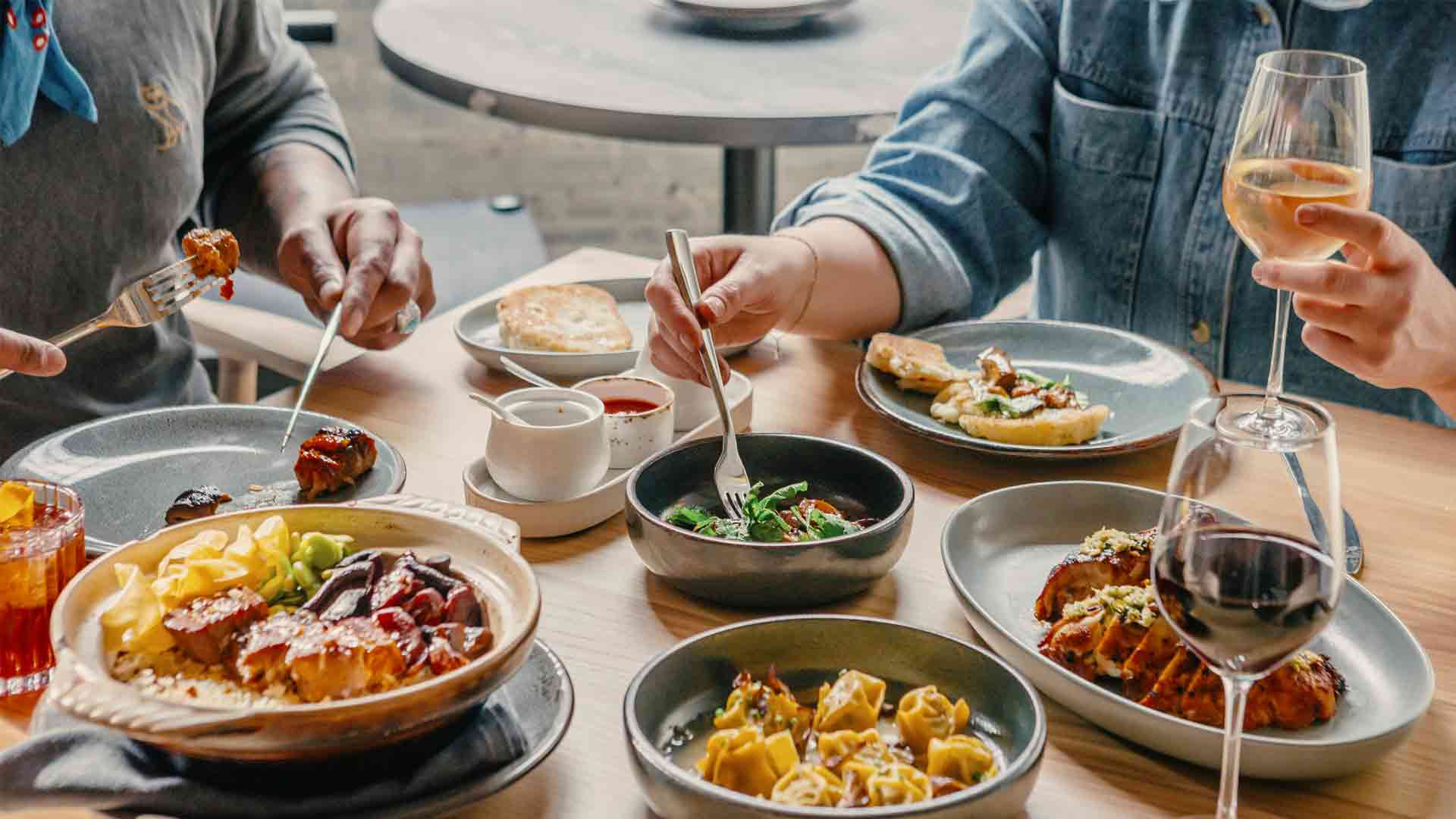Where the Fork Meets the Compass

Where the Fork Meets the Compass
In the grand tapestry of human exploration, the compass has long been the symbol of direction, guiding adventurers across oceans and continents. But today, a new navigational tool has joined its ranks, one that speaks not of magnetic north, but of flavor, heritage, and connection: the fork. Welcome to the world of culinary travel, a journey where every destination is a menu and every meal is a story. This is where the fork meets the compass, creating a map of taste that redefines what it means to truly experience the world.
Gastronomic tourism is more than just a trend; it’s a fundamental shift in how we approach our adventures. For the modern traveler, a destination's appeal is no longer measured solely by its monuments or museums, but by the richness of its local cuisine. It’s an understanding that to taste a region's food is to taste its history, its climate, and the very soul of its people. This is a quest for authentic food experiences, moving beyond generic tourist fare to find the heart of a culture simmering in a pot, baking in an oven, or sizzling on a street-side grill.
The Rise of the Gastronomic Traveler
Why has travel for food become so popular? The answer lies in our craving for authenticity. In an increasingly globalized world, food remains one of the most powerful expressions of local identity. A foodie travel guide doesn't just point you to restaurants; it points you to communities. Following the trail of a local spice or a traditional recipe leads you down hidden alleyways and into bustling markets, places where you can connect with locals in the most universal language of all: a shared meal. This form of travel engages all the senses, creating memories that are far more vivid and lasting than a simple photograph.
Navigating the Global Menu: Top Destinations for Food Lovers
While every corner of the globe offers unique flavors, some destinations are legendary stops on any culinary adventure. Planning a trip around these epicenters of taste is a guaranteed way to satisfy your wanderlust and your appetite.
Italy: It's impossible to discuss food travel without mentioning Italy. But the true magic lies in its regionality. Forget a single "Italian food"; instead, discover the carbonara of Rome, the pesto of Liguria, the pizza of Naples, and the rich ragù of Bologna. Each region is a different culinary country, fiercely proud of its own traditions.
Thailand: A journey through Thailand is an explosion of sweet, sour, salty, and spicy. Bangkok's street food scene is a world-class experience in itself, offering everything from Pad Thai to mango sticky rice. Exploring the northern city of Chiang Mai reveals a different side of Thai cuisine, with its fragrant Khao Soi and savory sausages. It's a perfect example of how complex flavors can create a harmonious and unforgettable dining experience.
Mexico: Recognized by UNESCO for its intangible cultural heritage, Mexican cuisine is a vibrant and diverse tapestry of indigenous and Spanish influences. Move beyond the familiar tacos and discover the complex, smoky moles of Oaxaca, the fresh coastal ceviche of the Yucatán Peninsula, and the hearty pozole that warms the soul. It's a testament to how ancient ingredients like corn, beans, and chili can form the foundation of a world-class culinary tradition.
Beyond the Plate: Crafting Your Ultimate Culinary Adventure
To truly embrace the spirit of where the fork meets the compass, you must be more than a passive diner. You must become an active participant. Seek out a local cooking class to learn the techniques behind your favorite dishes. Spend a morning wandering through a local market, observing the vibrant produce and interacting with vendors. Don't be afraid to ask for recommendations and to try the hole-in-the-wall establishment with the longest line of locals. These are the places where authentic food experiences are born. A well-planned itinerary can guide you from the most humble street food stalls to the top restaurants in the world, offering a full spectrum of a destination's gastronomic identity.
Ultimately, culinary travel is about connection—to the land, to the history, and to the people who call a place home. It's a reminder that a simple meal can carry the weight of generations and that the most direct path to understanding a new culture is often through its food. So next time you plan a trip, let your compass guide you to a new place, but let your fork lead the way. Your most delicious adventure awaits.